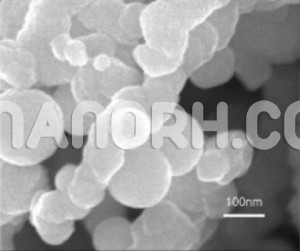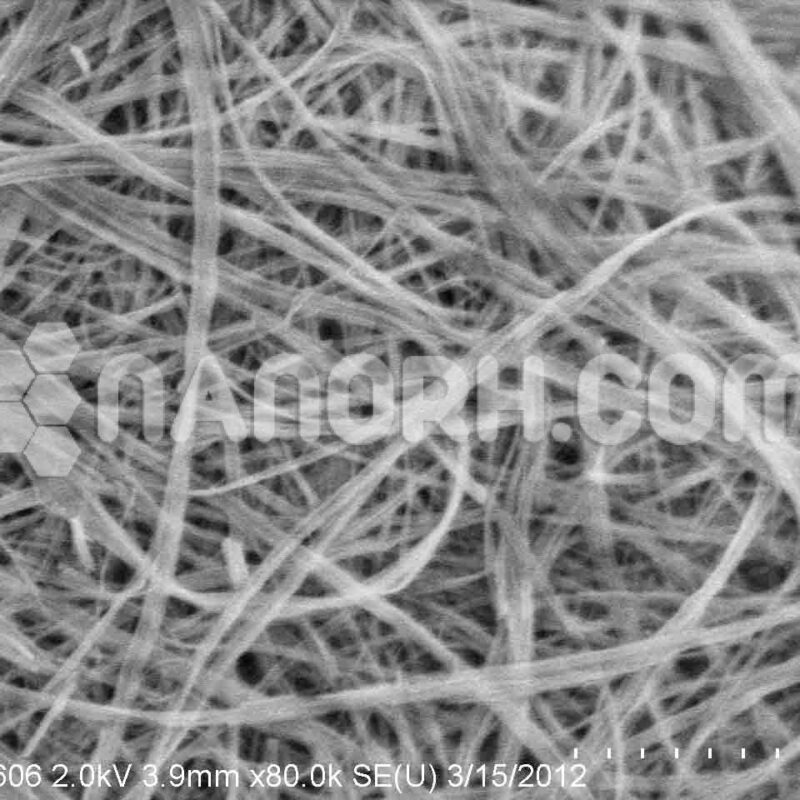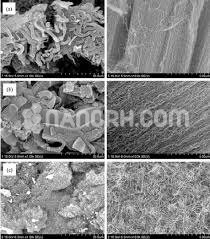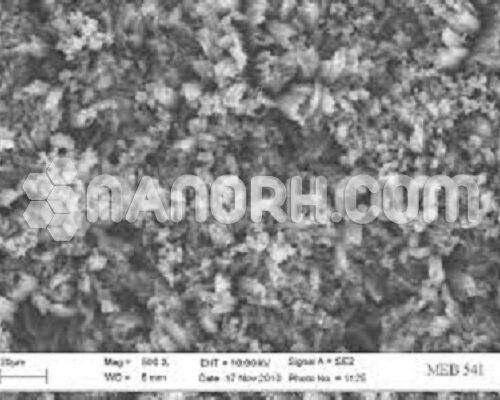Cadmium Sulfide/ Mercury sulfide Core Shell Nano Particles (CdS/HgS, 99.9%, APS: 80-100nm, Inorganic Semiconductor)
| Cadmium Sulfide/ Mercury sulfide Core Shell Nanoparticles | |
| Product No | NRE-16009 |
| CAS No. | NA |
| Formula | CdS/HgS |
| APS | <100nm (can be customized) |
| Shape | Spherical |
| Purity | 99.9% |
| Core | Cadmium Sulfide |
| Shell | Mercury sulfide |
| Melting Point | NA |
| Boiling Point | NA |
Cadmium Sulfide/ Mercury sulfide Core-Shell Nano-Particles
Applications:
Photocatalysis and Environmental Remediation
Photocatalytic Degradation of Pollutants: CdS/HgS core-shell nanoparticles are efficient photocatalysts for the degradation of organic pollutants in water and air. Under light irradiation, the CdS core absorbs visible light, and the HgS shell facilitates the generation of reactive oxygen species (ROS), which degrade harmful organic compounds, such as dyes, pesticides, and industrial waste products. This makes CdS/HgS core-shell nanoparticles useful for environmental cleanup and water purification.
Solar-Driven Water Splitting: The photocatalytic properties of CdS/HgS core-shell nanoparticles also make them promising materials for solar-driven hydrogen production through water splitting. The ability of CdS to absorb visible light and the stability and photocatalytic properties of HgS enhance the efficiency of hydrogen generation, which is crucial for sustainable energy solutions.
Biomedical Applications
Bioimaging: CdS/HgS core-shell nanoparticles exhibit tunable photoluminescence, making them excellent candidates for bioimaging applications. The CdS core provides strong fluorescence, which can be used for cell imaging and in vivo imaging. The HgS shell enhances the stability and biocompatibility of the nanoparticles, reducing potential cytotoxicity and improving their performance in biological systems.
Drug Delivery: The surface properties of CdS/HgS core-shell nanoparticles can be modified to target specific cells or tissues for drug delivery applications. The HgS shell can be functionalized with targeting ligands (such as antibodies or peptides) to enhance the selectivity and efficacy of drug delivery to diseased areas, such as tumors. This makes these nanoparticles potential candidates for controlled release systems and cancer therapy.
Optoelectronic Devices
Light Emitting Devices: The optical properties of CdS/HgS core-shell nanoparticles, particularly their fluorescence and light absorption capabilities, make them ideal for light-emitting devices (LEDs) and display technologies. By tuning the size and composition of the nanoparticles, they can be engineered to emit light at specific wavelengths, enabling their use in color displays and phosphor materials for LED lighting.
Photodetectors and Solar Cells: The combination of CdS’s light absorption in the visible range and HgS’s stability and charge transport properties makes CdS/HgS core-shell nanoparticles promising for photodetector and solar cell applications. These nanoparticles can be incorporated into thin-film solar cells or photodetector arrays to improve the efficiency of light conversion and charge separation.




